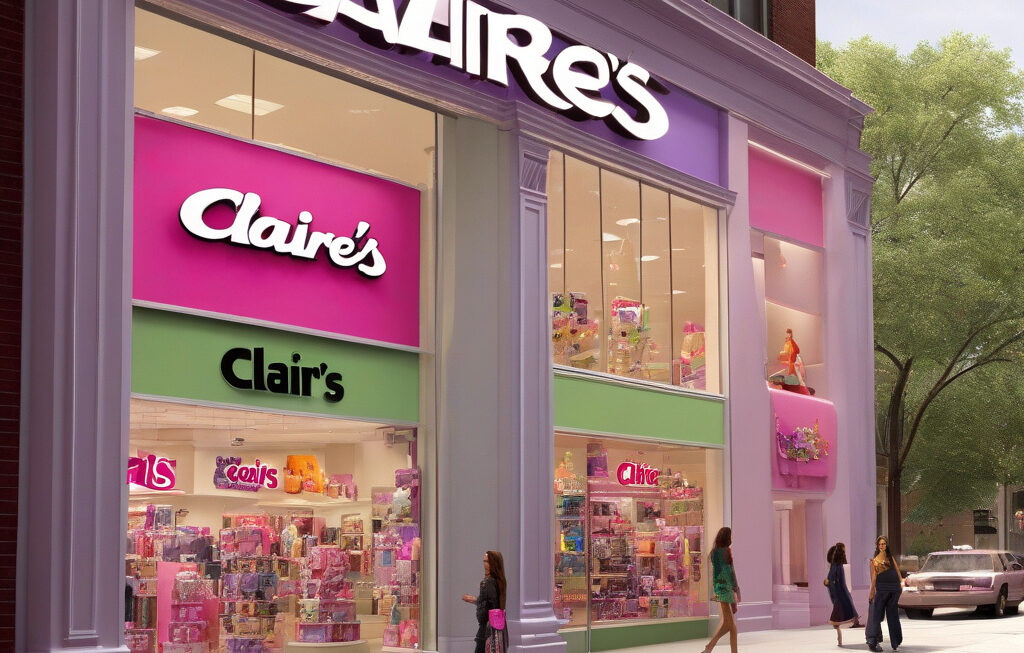The End of the Analogue Era: How the Decline of Shared Experiences is Impacting New Generations
In a world that is rapidly advancing towards digitalization and technological innovation, the analogue era is slowly fading into oblivion. The decline of shared analogue experiences is not just a shift in how we consume media or communicate; it is fundamentally altering how communities bond and preserve collective memory, especially among younger generations.
Gone are the days of gathering around the television set to watch a favorite show at a scheduled time, or flipping through photo albums to relive cherished memories. Today, everything is available at the touch of a button, personalized and tailored to individual preferences. While this level of convenience and customization is undoubtedly remarkable, it comes at a cost – the loss of shared experiences that once formed the fabric of our social connections.
For older generations, the shift from analogue to digital may be viewed as a natural progression of technology. However, for younger generations who have grown up in a digital-first world, the implications are more profound. The way they interact with the world, process information, and form relationships is being shaped by this new paradigm.
One of the most significant impacts of this shift is on how communities bond. Shared experiences have long been a cornerstone of social cohesion, creating a sense of belonging and shared identity. Whether it was watching a historic moon landing on television or listening to a iconic album on a vinyl record, these moments served as touchstones that connected individuals across generations.
With the decline of shared analogue experiences, younger generations are finding new ways to bond – often through digital platforms and social media. While these tools offer unprecedented connectivity and the ability to form global communities, they also present challenges. The curated nature of social media can create echo chambers, where individuals are exposed only to viewpoints that align with their own, reinforcing existing beliefs and limiting exposure to diverse perspectives.
Moreover, the ephemeral nature of digital content can make it challenging to preserve collective memory. Unlike physical photographs or written letters that can be passed down through generations, digital files are subject to the volatility of changing technologies and platforms. Without intentional efforts to archive and curate digital content, there is a risk that valuable cultural artifacts and memories may be lost to future generations.
However, it is not all doom and gloom. The digital age also presents opportunities for creativity, collaboration, and innovation. Virtual reality technology, for example, has the potential to recreate shared analogue experiences in a digital format, allowing individuals to immerse themselves in historical events or cultural moments. Crowdsourcing platforms can also facilitate the preservation of collective memory by enabling communities to collectively curate and archive digital content.
Ultimately, the transition from the analogue era to the digital age represents a cognitive rewiring of how we experience the world and connect with one another. While the decline of shared analogue experiences may pose challenges to social cohesion and collective memory, it also opens up new possibilities for creativity and collaboration. By recognizing the unique opportunities and pitfalls of this digital frontier, we can work towards building a future where technology enhances, rather than detracts from, our shared human experience.
analogue era, shared experiences, digital age, social cohesion, collective memory.











